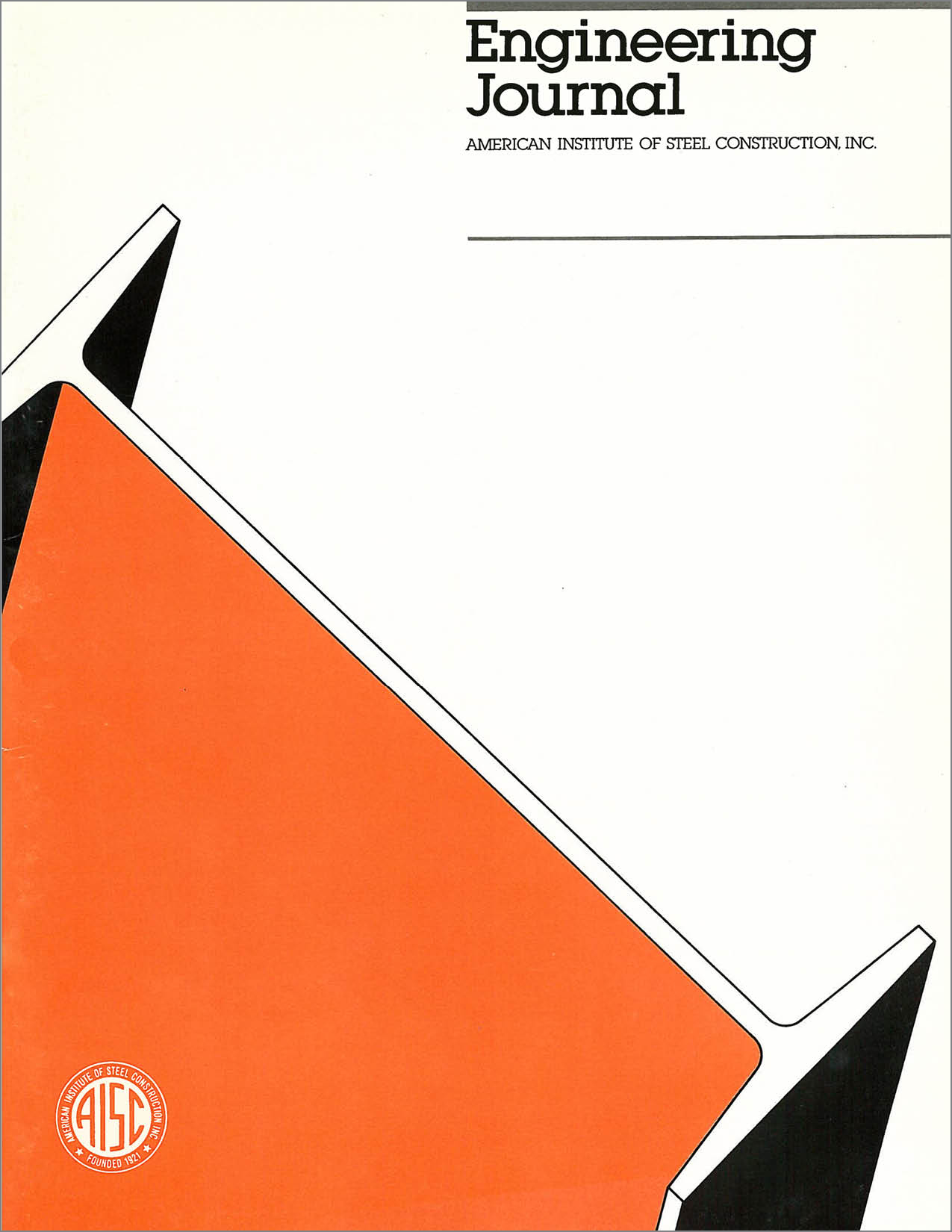Field Welding to Existing Steel Structures
DOI:
https://doi.org/10.62913/engj.v25i1.1271Abstract
Field welding to existing members is becoming increasingly common. During the recycling of older structures, new performance requirements often require addition of reinforcing material to increase load-carrying capacity, to restore areas eroded by corrosion, to strengthen fireweakened members or perhaps alter the appearance of a member by changing its shape for aesthetic reasons. One of the many advantages of a steel-framed structure is that it can be reworked more readily than structures of other materials. Field conditions are often far from ideal and it is necessary to ascertain the effects of the field work on the existing structure, especially the common method of attachment—welding. Over the years, various rules-of-thumb have been applied: no welds where calculated stress exceeds 50% of working stress; no transverse welds across tension members; no welds where calculated stress exceeds three ksi unless shored; make all welds parallel to stress lines, etc. Most of these made sense at the time and were the result of practical experience plus common sense.

